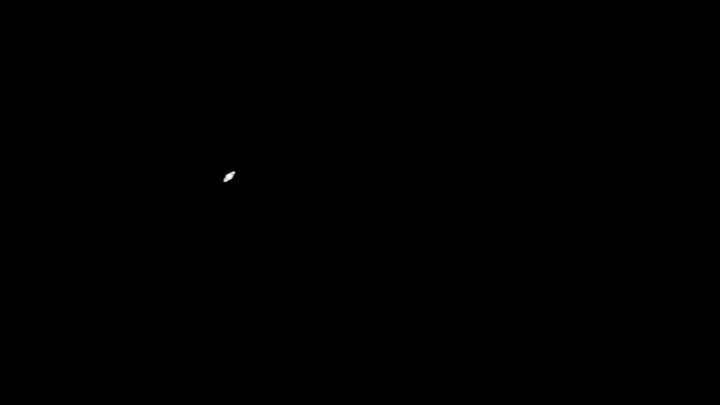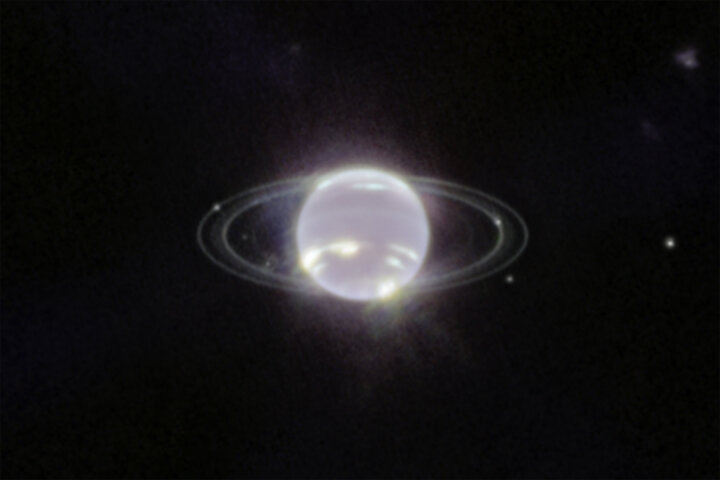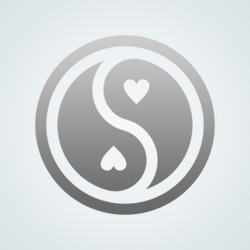JimboSaturn · 56-60, M
Can James Webb beat this awesome image with my 8 inch telescope and cell phone?


View 3 more replies »
JimboSaturn · 56-60, M
@LunarOrbit Saturn, my telescope isn't good enough for neptune generally, Very hard to seee.
Fukfacewillie · 56-60, M
@JimboSaturn But that you can see it live (minus what, a couple of hours) is so amazing.
LunarOrbit · 61-69, M
@JimboSaturn Very nice pic nonetheless :)
It's obvious I'm a nocturnal creature and love the cosmos, so this gorgeous image literally makes my heart smile. 💖 I'm in awe. Thank you for sharing!
robingoodfellow · M
@MoonlightLullabyOld nocturnal creatures understand the magic lure of the night sky 🌜
@robingoodfellow Yes! We have an appreciation many don't comprehend.💫
@robingoodfellow https://similarworlds.com/nature-outdoors/4383078-Nocturnal-Tranquility-Tucked-within-the-Blue-Ridge
JimboSaturn · 56-60, M
Yes that is so cool. I guess those are moons around it? James Webb is fkg awesome.
Gusman · 61-69, M
@JimboSaturn Perspective. Triton is only 220,000 miles away.
Same distance Earth and Moon
Same distance Earth and Moon
JimboSaturn · 56-60, M
@Gusman Oh I should know this being into astronomy lol. That would mean the other moons are close.
Gusman · 61-69, M
@JimboSaturn Closest is Naiad - 30,000 miles.
Naiad is only 20 miles across
Triton is 840 miles across
Naiad is only 20 miles across
Triton is 840 miles across
ChipmunkErnie · 70-79, M
Neat -- a glow-in-the-dark planet. :)

SW-User
Wow that's incredible
SomeMichGuy · M
FanTAStic!
StarLily · 51-55, F
Wow😍
Starcrossed · 41-45, F
Wow!
helenS · 36-40, F
Do you know the spectral range? Is it infrared?
ElwoodBlues · M
@helenS You got me curious, so I started looking things up. NASA says
Astronomers can choose one of 4 instruments at a time (I think)
1 Near-Infrared Camera (NIRCam): 0.6–5 micrometers
2 Near-Infrared Spectrograph (NIRSpec): 0.7–5 micrometers
3 Mid-Infrared Instrument (MIRI): 5–28.5 micrometers
4 Near-Infrared Imager and Slitless Spectrograph (FGS/NIRISS): 0.6–5 micrometers
Each instrument has options; here are the filter options for NIRCam
 I think many of the images we see are originally "black and white" taken thru 3 or more filters sequentially, then assigned "false colors" to make a composite color image (if that makes any sense).
I think many of the images we see are originally "black and white" taken thru 3 or more filters sequentially, then assigned "false colors" to make a composite color image (if that makes any sense).
The wavelength range covered by Webb's scientific instruments will be from about 0.6 μm to 28 μm (visible to mid-infrared light). By comparison, the Hubble Space Telescope observes at 0.1-2.5 microns (ultraviolet to the near infrared).
Astronomers can choose one of 4 instruments at a time (I think)
1 Near-Infrared Camera (NIRCam): 0.6–5 micrometers
2 Near-Infrared Spectrograph (NIRSpec): 0.7–5 micrometers
3 Mid-Infrared Instrument (MIRI): 5–28.5 micrometers
4 Near-Infrared Imager and Slitless Spectrograph (FGS/NIRISS): 0.6–5 micrometers
Each instrument has options; here are the filter options for NIRCam

helenS · 36-40, F
@ElwoodBlues Thank you!!!
And yes of course you can assign a color space to a temperature range; scientists do that all the time.
And yes of course you can assign a color space to a temperature range; scientists do that all the time.
hartfire · 61-69
Beautiful! :)
Allelse · 36-40, M
Damn!!! That's beautiful!!! Like a great big lemonade ice bubble.
Fukfacewillie · 56-60, M
I do sometimes distinguish between natural light and other forms of imagery. This is really a graph of infrared radiation. It’s still incredible, though.
SomeMichGuy · M
@Fukfacewillie Yes, it's a fine image!

SW-User
Very cool, is that aurorae?


















